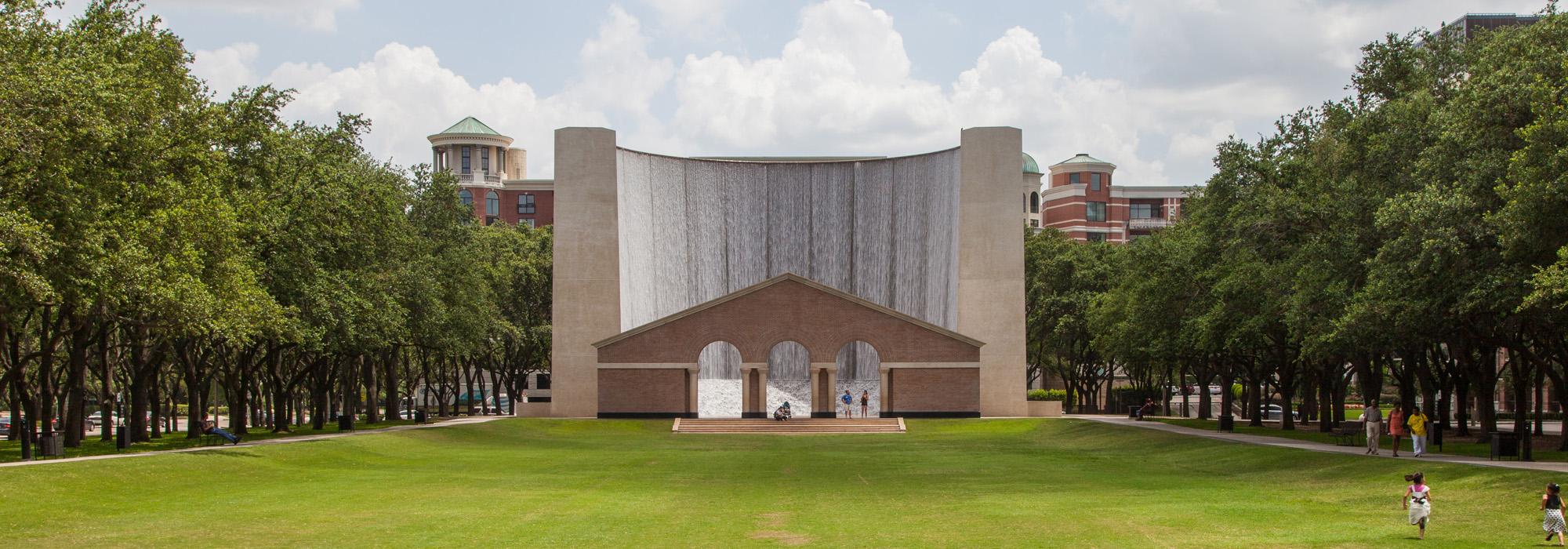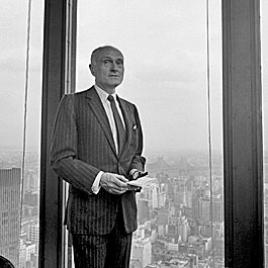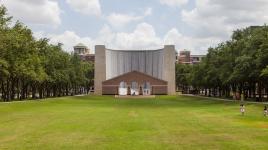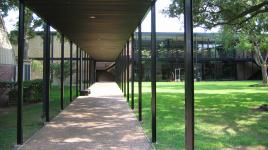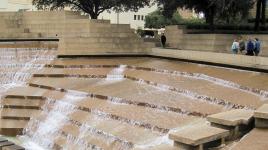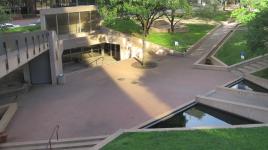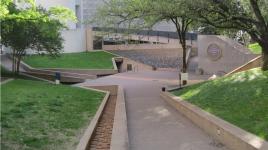Pioneer Information
Born in Cleveland in 1906, Johnson attended Harvard University to study Greek. While there he became fascinated with architecture. Upon graduating in 1927, he toured Europe to witness the emerging modern architecture movement firsthand, but not until 1941, at the age of 35, did he enter Harvard’s Graduate School of Design, under Marcel Breuer.
Ever advocating the importance of the aesthetic side of architecture, Johnson began his career as curator and critic, deeply interested in bringing the European Minimalism to the American public. At 26, he became the director of MOMA’s new architecture department, where he co-authored the influential book “The International Style.” Johnson’s renowned Glass House in New Canaan, Connecticut, shows the influence of Mies van der Rohe, with whom he later collaborated on the Seagram Building in New York. Eventually however, he developed his own individual style, incorporating contemporary architecture with historical elements, as seen in the postmodernist AT& T Building on Madison Avenue. He later incorporated the style of the Deconstructivists into his work.
A number of Johnson’s buildings, such as the Glass House, the sculpture garden at the Museum of Modern Art, and the pre-Columbian gallery at Dumbarton Oaks, are considered masterworks of the 20th century. The first recipient of the Pritzker Prize, Johnson was awarded the Gold Medal of the American Institute of Architects in 1978.



